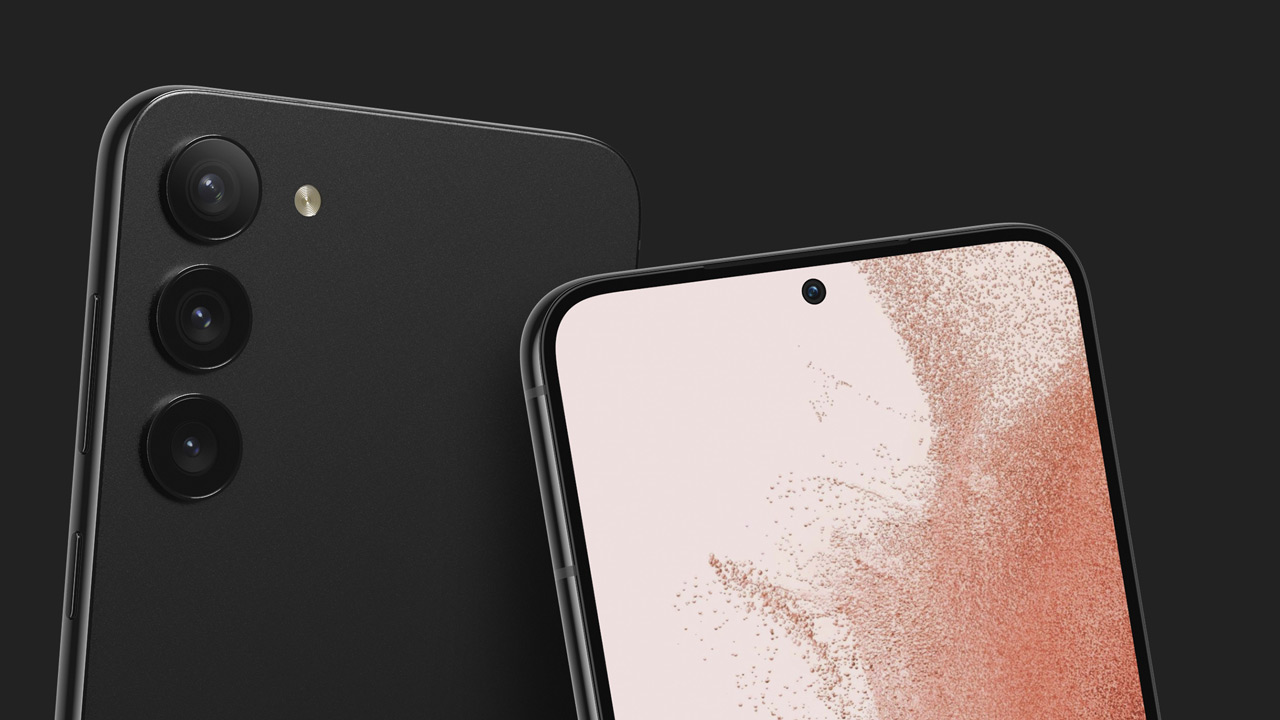Apple Music allowed us to test Spatial Audio: this is what we think
Spatial Audio has been available on Apple Music for almost a year. Recently we were invited to Martin Garrix’s studios to really hear the difference between Spatial Audio and regular stereo sound. In this article you can read our findings.
Read on after the ad.
Contents
Spatial Audio and Apple Music: is this the future?
Dolby Atmos will be available for Apple Music since June 2021 under the name Spatial Audio. The technology was originally developed by Dolby Atmos for cinema films, concert recordings and games. Nowadays it is gradually interfering in the music industry more and more. Apple’s streaming service is releasing more and more music with this enhanced surround feature.
But of course you want to know: is it worth switching to Apple Music to experience Spatial Audio? You can read it in this article!
Visiting STMPD Studios for Spatial Audio
In any case, Martin Garrix’s studio in Amsterdam was beautiful. This special room is made for mixing Dolby Atmos movie sound and 3D audio albums, among other things. With a total of 17 speakers spread over the entire space, the studio was able to create a perfect 3D representation of the room. With the technology behind Dolby Atmos and Spatial Audio, you could then let each instrument ‘float’ in a certain place in the room. It seemed as if certain sounds came from that specific place.
Above you ‘see’ in the 3D image how that sounded. Each green dot represents, as it were, one sound track (ie an instrument or a voice). In this way it is possible to have a guitar recording or a singing voice all around you, in selected places. Just like in cinema films you also hear certain sound effects at specific points from behind or from the side.
With stereo music you hear the sound spread over 180 degrees. Spatial Audio can do this all around you, so in a kind of 360-degree sphere. In practice, according to the specialists, this turned out to be a rather awkward listening experience.
The audio engineers did use nice tricks on the records of Dutch artists Blaudzun, Donna Blue and Sevdaliza to make the music sound as 3D as possible, but did so in moderation. ‘A balance between experimentation and stratification must always be found’, they said.

What do you notice about Spatial Audio and how do you activate it?
This is all nice and nice under the perfect conditions, so with the best speaker set and a dead silence. But what good is this to you? Well, Apple Music is releasing more and more artist albums and songs in Spatial Audio. All you need for this are headphones that can handle the technology (including the AirPods Pro, AirPods Max and the regular AirPods 3). You also need an Apple Music subscription.
If the Spatial Audio logo is above the song you’re listening to in Apple Music, you can activate the 3D feature and experience it for yourself. Also, according to Apple’s support website, it’s possible to listen to this spatial audio with Beats headphones or even try it with your iPhone’s internal speakers. In addition, the support for Spatial Audio is also in the latest 16-inch MacBook Pro.

Spatial Audio: impressive, but with a caveat
Secretly we are not completely blown away by Spatial Audio. Of course, the sound of your favorite songs is clearer and you can distinguish the sounds much better. In addition, it all sounds a lot more spacious, of course. And for the music nerds among us: the dynamic difference with tender songs is also a lot more nuanced, so that intimate moments are heard even smaller. As a result, the largest parts in the same song also sound a bit more satisfying.
The technology has potential and is ideal for extensive speaker installations such as could be found in this studio. However, it does not translate so well to the smaller audio carriers, such as the AirPods.
Of course it is a very useful tool for the audio engineers (we were also among the mixers and well-known names from the music industry). With Dolby Atmos (and Spatial Audio), these can now compose even clearer songs. At the moment this is mainly interesting for the bigger artists, who can afford the technology (and the computer power).
Fortunately, Spatial Audio is not going to widen the gap between the home-garden and kitchen musicians and the renowned artists; Making music with Spatial Audio is already possible with Apple’s recording software Logic Pro.

Apple Music continues to innovate with Spatial Audio
For the casual listener, Spatial Audio is a little less noticeable (we think). The perceptible difference between stereo sound and Spatial Audio is not as great as, say, the step you take between your iPhone screen and Apple’s hypothetical VR/AR glasses realityOS. The critical listener and music purists will undoubtedly notice significant differences.
What do you think of Spatial Audio? Try it yourself with Apple Music and your AirPods. We’ve already written an article about what else Spatial Audio brings and how exactly you set it up. In any case, we are very curious how this technique will change music (and the music industry) in the future!



